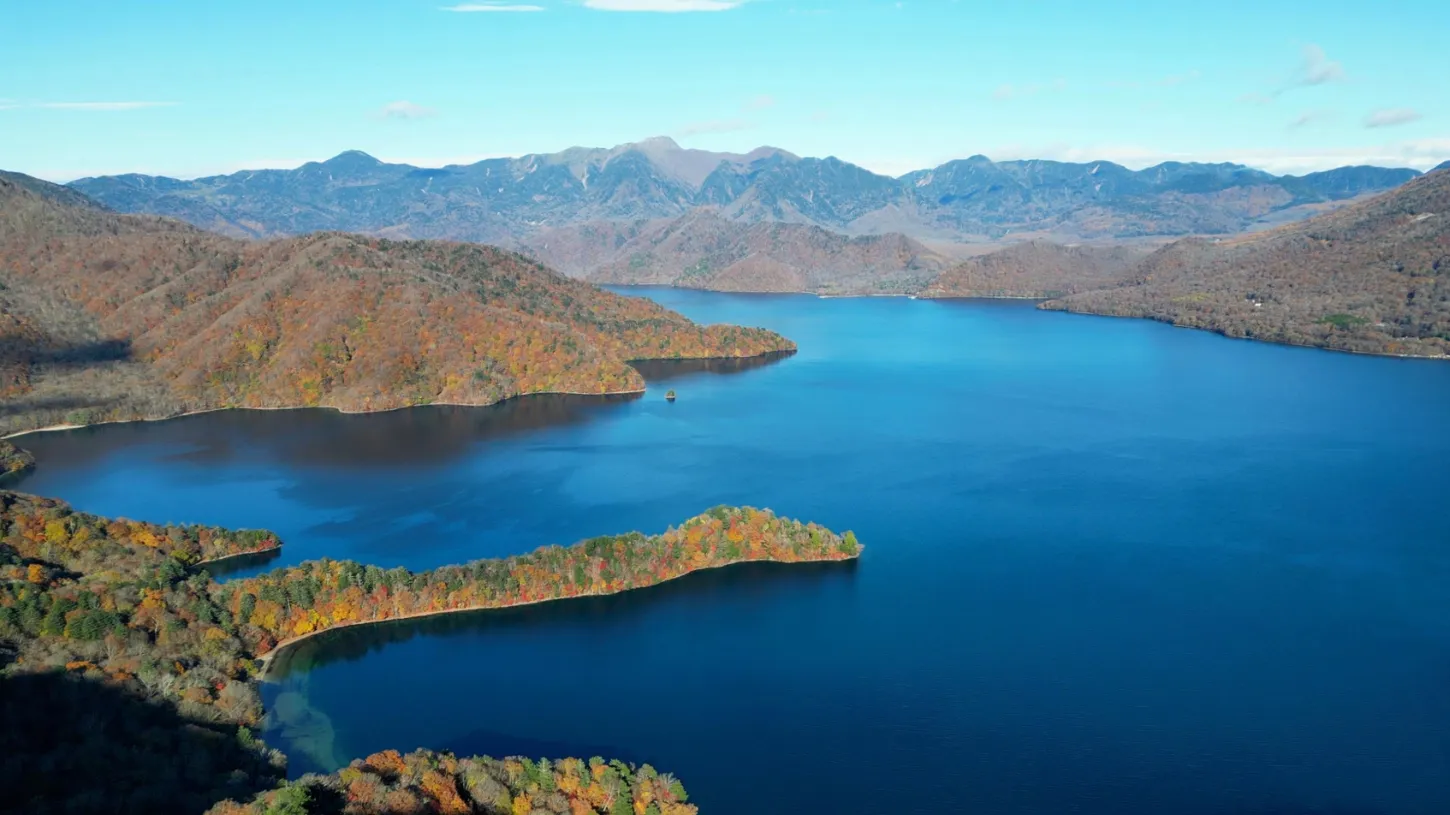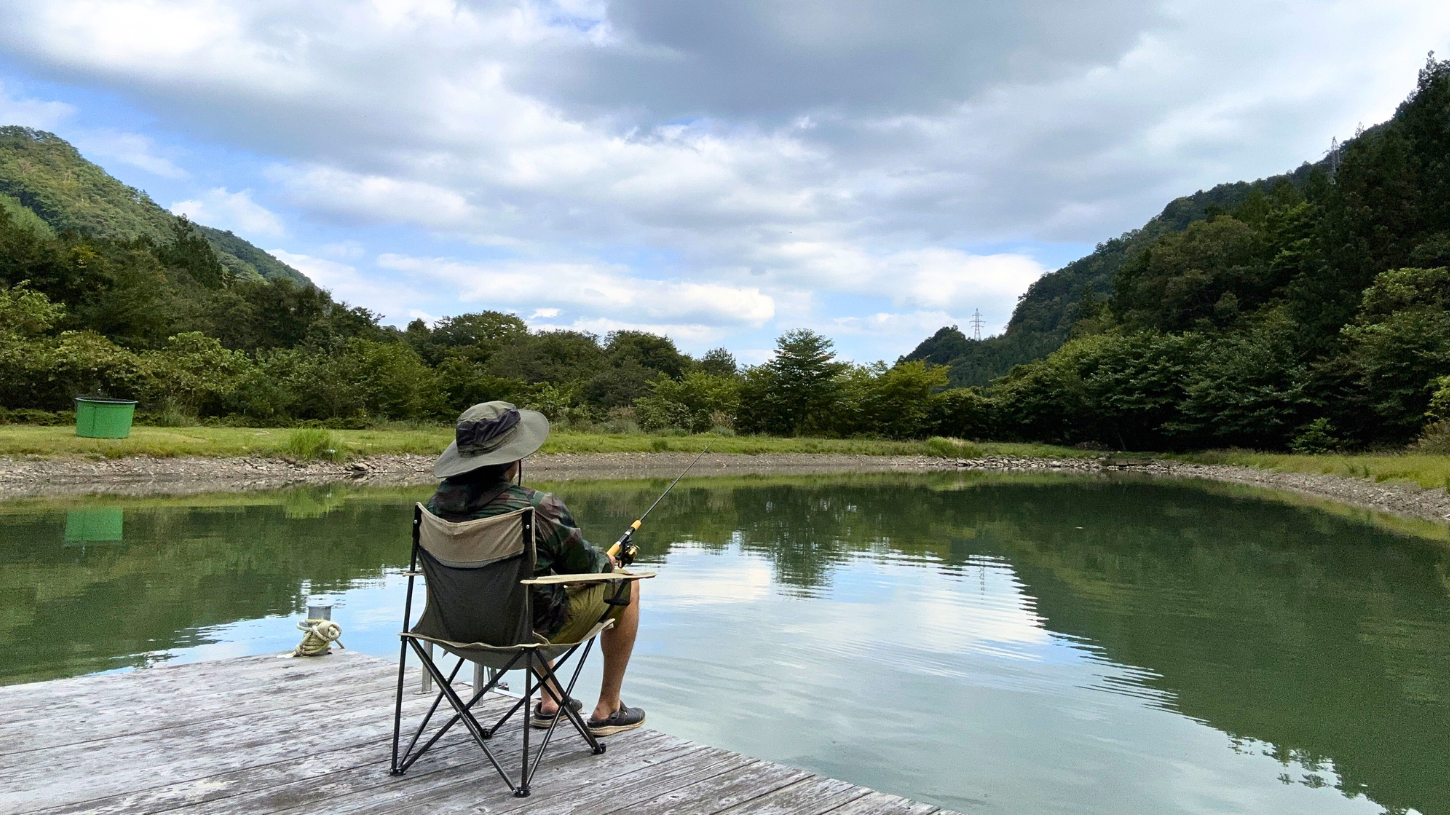Fly fishing in Lake Chuzenji in Nikko

Lake Chuzenji is the Birthplace of Fly Fishing in Japan.
The lake is a dream destination for many anglers, known as the birthplace of fly fishing in Japan.
The Origins of Fly Fishing in Japan
In 1902, a Scottish merchant named Thomas Graham (1838-1911) introduced brook trout to the rivers and lakes of Nikko, including Yukawa and Lake Yunoko. This event marked the beginning of fly fishing in Japan, earning the Lake Chuzenji area its reputation as the country’s fly fishing birthplace.
In 1893, Thomas Glover built a house on the shores of Lake Chuzenji and introduced British-style fly fishing to the region. He also played a crucial role in stocking the lake and Yukawa with various trout species ideal for the sport.
In 1902, he imported brook trout eggs from Colorado and released the hatched fish into Yukawa. Although a severe storm later that year wiped out the fish, a second successful release took place in 1904.
Why Did Fly Fishing Start in Nikko?
Fly fishing flourished in Yukawa and Lake Chuzenji largely because Nikko became an international summer retreat.
In the late 19th century, foreign residents in Japan were restricted by the government in terms of travel. They were only allowed to move within designated treaty port zones. Many foreigners struggled with the unfamiliar environment and Japan’s hot, humid summers.
In 1873, diplomats persuaded the Japanese government to permit travel for health reasons, leading to the establishment of summer resorts in Nikko, Karuizawa, and Hakone. British diplomat Ernest Satow published an English-language guidebook, A Guide to Nikko (1875), and British explorer Isabella Bird wrote Unbeaten Tracks in Japan (1880), bringing international attention to the area.
Embassies built summer villas along Lake Chuzenji, where foreign diplomats spent summers engaging in yachting, hiking, and tea gatherings, earning Nikko the nickname “the summer capital of the Ministry of Foreign Affairs.”
After the abolition of extraterritoriality in 1899, foreign visitors were free to travel to Nikko, further increasing its popularity as a global tourist destination. Hotels catering to foreign tourists, such as Kanaya Hotel, thrived, solidifying Nikko’s reputation as an international retreat.
A Lake Without Fish
Historically, Lake Chuzenji and the surrounding waterways of Oku-Nikko had no native fish populations. The presence of Kegon Falls—a 100-meter waterfall downstream of the lake—prevented fish from migrating upstream.
Additionally, the area, considered sacred by Futarasan Shrine, strictly prohibited hunting, animal introductions, or fish stocking.
The first recorded fish stocking occurred in 1873 when a local resident, Teigoro Hoshino, transported char from the Daiya River to Lake Chuzenji.
Fishing in Lake Chuzenji Today
Today, anglers at Lake Chuzenji can catch freshwater fish such as wakasagi (Japanese smelt), honmasu (a variety of salmon), hime-masu (red salmon), rainbow trout, brown trout, and lake trout.
Lake trout and honmasu are unique species found only in Lake Chuzenji, making it a premier fishing destination rivaling even Hokkaido’s famous trout fishing spots.
Anglers target lake trout, brown trout, rainbow trout, and hime-masu. Some fish grow over 50 cm, with the largest exceeding 80 cm. The lake’s pristine waters produce fish with exceptional quality, drawing fishing enthusiasts from around the country.
How to Enjoy Fly Fishing at Lake Chuzenji
Fly fishing is permitted not only in Yukawa but also in Lake Chuzenji, which is part of a national park.
The fishing season opens on April 1st and runs until the end of October on the lake’s eastern side.
Here are some rules for fishing.
- Only artificial lures and flies are allowed; live bait is prohibited.
- Strict catch limits help preserve fish populations:
- Hime-masu: 30 per person per day
- Rainbow trout, honmasu, lake trout: 3 per person per day
- Catching fish under 20 cm is prohibited.
- The removal of fish species other than hime-masu, rainbow trout, honmasu, wakasagi, and lake trout is strictly prohibited.
How to Purchase a Fishing Ticket
On the day of fishing, buy a day-pass fishing ticket at one of the designated ticket sales locations around Lake Chuzenji and wear it in a visible spot.
Fishing Permit Fees:
- April 1 – September 19
- Shore/Boat Fishing: 2,700 yen (adults)
- Hand/Line Fishing: 1,500 yen (adults)
- September 20 – October 31: 1,500 yen (adults)
For more details, check the Lake Chuzenji Fisheries Cooperative:
Rentals and Guided Tours
For those who need fishing gear, there are rental options and guided fishing tours available.
<Fishing Gear & Boat Rentals>
<Fly Fishing Guide Tours (Reservation Required)>
Beginner-friendly half-day fly fishing tours are available at Yunoko and Yukawa.
- Ametsuchi:
- Location: Yunoko & Yukawa
- Season: May – September
- Ideal for beginners
- Maximum 2 people per session
- Kammui:
- Location: Yunoko & Yukawa
- Season: May – September
- Beginner-friendly
If you’re fishing solo or with a guide, it’s best to bring a hat, towel, and a change of clothes.
For those looking for a quick fishing experience, Nikko also offers fishing ponds and stream fishing spots.
Experience Fly Fishing at Lake Chuzenji
Every year, April 1st marks the highly anticipated opening day of the fishing season, attracting many anglers to Lake Chuzenji.
Among the prized catches, hime-masu stands out with its rich red flesh and flavorful fat, making it perfect for BBQ or salt-grilled dishes.
Come and experience world-class fly fishing at Lake Chuzenji!
Special Services for Our Guests

For guests staying at our accommodation, we provide assistance with renting fishing gear and boats, as well as purchasing fishing tickets.
Also, guests can enjoy fishing at our COZMO’s artificial pond.
We have a few variety of salmon and trout fish.
You don’t have to prepare for anything!.
